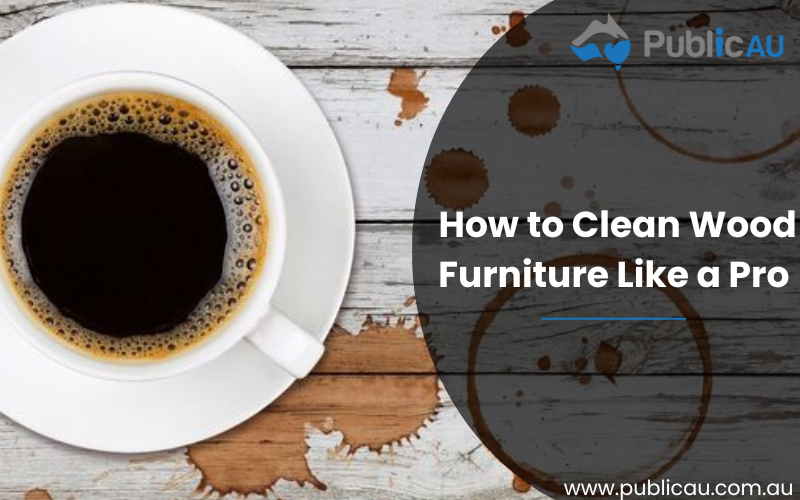
Are you tired of seeing those pesky water rings on your beautiful wooden coffee table? Or maybe you’ve noticed that your cherished heirloom dresser has lost its lustre over the years.
Well, fear not! In this ultimate guide, we will reveal all the secrets to cleaning wood furniture like a pro. Whether you’re dealing with spills, stains, or just general wear and tear, our expert tips and tricks will help you restore your wooden pieces to their former glory. So grab your dusting cloth and let’s dive in – it’s time to become a wood furniture cleaning pro!
General Cleaning Tips for How to Clean Wood Furniture Like a Pro
When it comes to cleaning wood furniture, there are a few general tips that apply to all types of wood. These tips will help ensure that you clean your furniture effectively without causing any damage.
✨ Dust regularly:
The first step in maintaining any type of wood furniture is to dust it regularly. Dust can build up on the surface of the furniture, making it look dull and dirty. Use a soft cloth or feather duster to remove the dust from the surface of the furniture at least once a week.
✨ Use a mild cleaner:
When it’s time for a deeper clean, make sure to use a mild cleaner specifically designed for wood furniture. Harsh chemicals can damage the finish and colour of your furniture, so avoid using them at all costs.
✨ Test in an inconspicuous area:
Before using any new cleaner or product on your wood furniture, always test it in an inconspicuous area first. This will ensure that the cleaner does not cause any discoloration or damage to your furniture.
✨ Wipe spills immediately:
Wood is porous and can easily absorb liquids if left sitting on its surface for too long. If you accidentally spill something on your wooden furniture, make sure to wipe it up immediately with a clean cloth.
✨ Avoid direct sunlight:
Exposure to direct sunlight can cause fading and drying out of wood furniture over time. It’s best to keep your wooden pieces away from windows or use curtains or blinds to protect them from harsh UV rays.
✨ Use coasters and placemats:
To prevent water rings and heat damage, always use coasters and placemats when placing glasses, dishes, or hot items on your wood furniture.
Specific Cleaning Methods for Different Types of Wood
Different types of wood have varying characteristics and require specific cleaning methods to maintain their beauty and longevity. Using the wrong cleaning method on a particular type of wood can result in damage that is difficult or even impossible to repair. In this section, we will discuss the best cleaning methods for different types of wood furniture.
🌳 Solid Wood
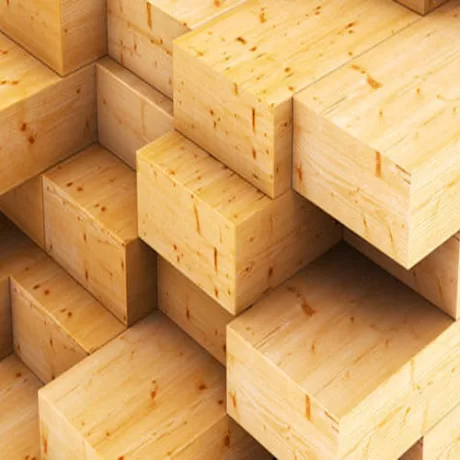
To clean solid wood furniture, start by dusting with a soft cloth or feather duster to remove any surface dirt or debris. Then mix equal parts white vinegar and water in a spray bottle and lightly mist the surface. Wipe with a clean cloth in the direction of the grain to avoid scratching the surface. For tougher stains or grime buildup, use a non-abrasive cleaner specifically designed for wood surfaces.
🌳 Veneer Wood
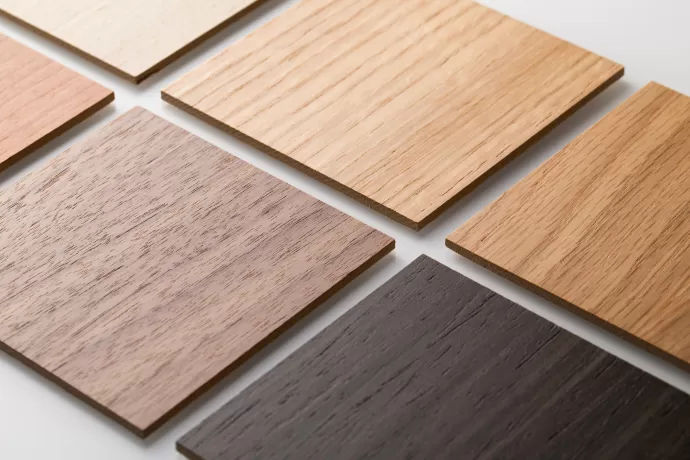
To clean veneer wood furniture, use a soft cloth dipped in warm water mixed with mild dish soap. Wring out excess water before wiping down the surface gently in the direction of the grain. Avoid using harsh chemicals or abrasive cleaners as they can damage
🌳 Laminate Wood

To clean laminate wood furniture, mix equal parts water and vinegar in a spray bottle and lightly mist the surface. Wipe clean with a soft cloth in the direction of the grain. For tougher stains, you can use a mild detergent mixed with water, but be sure to wipe away any excess moisture to avoid warping or swelling.
🌳 Antique Wood
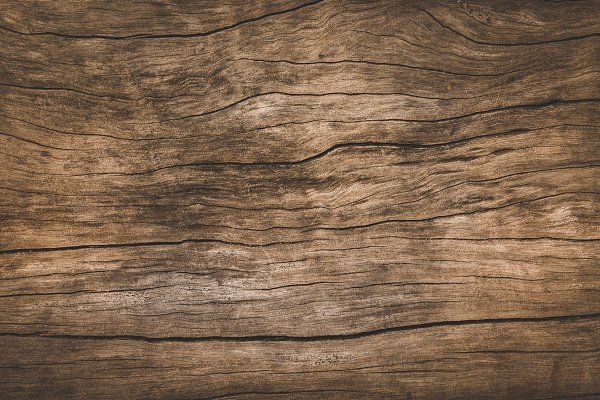
Before cleaning antique wood furniture, test any products on an inconspicuous area to ensure they won’t cause damage. Dust regularly with a soft cloth or feather duster and use a mixture of warm water and mild soap for light cleaning. For tougher stains, consult a professional antique restorer for safe cleaning methods.
🌳 Teak Wood
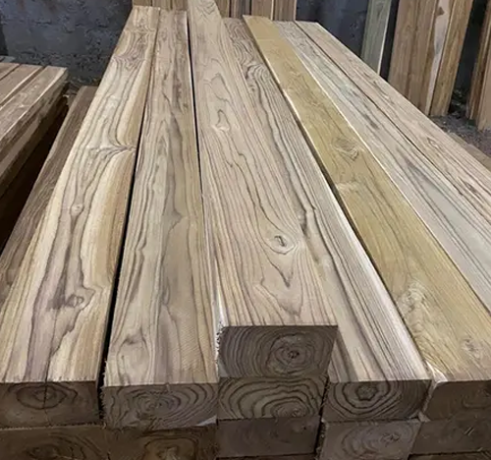
To clean teak wood furniture, mix equal parts water and white vinegar in a spray bottle and lightly mist the surface. Wipe clean with a soft cloth in the direction of the grain. For tougher stains, use a soft-bristled brush dipped in the vinegar solution to gently scrub the surface. Rinse with clean water and wipe dry.
Conclusion:
In general, it’s important to avoid using harsh chemicals or abrasive cleaners on any type of wood furniture as they can damage the finish or cause discoloration. Always test any cleaning product on an inconspicuous area before using it on the entire piece of furniture. Regular dusting and gentle cleaning will help maintain the beauty and integrity of your wood furniture for years to come.



